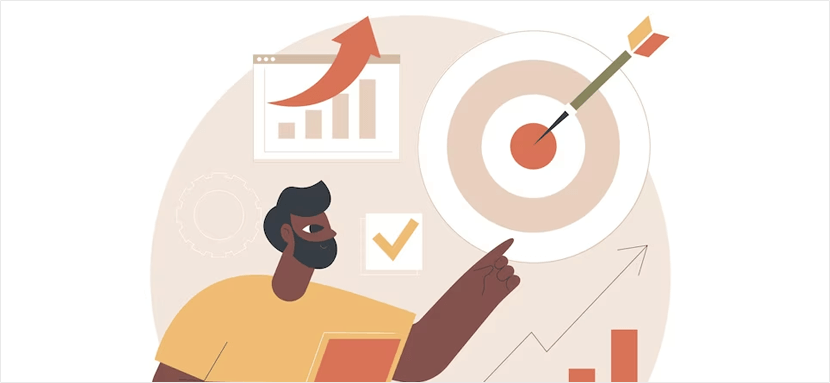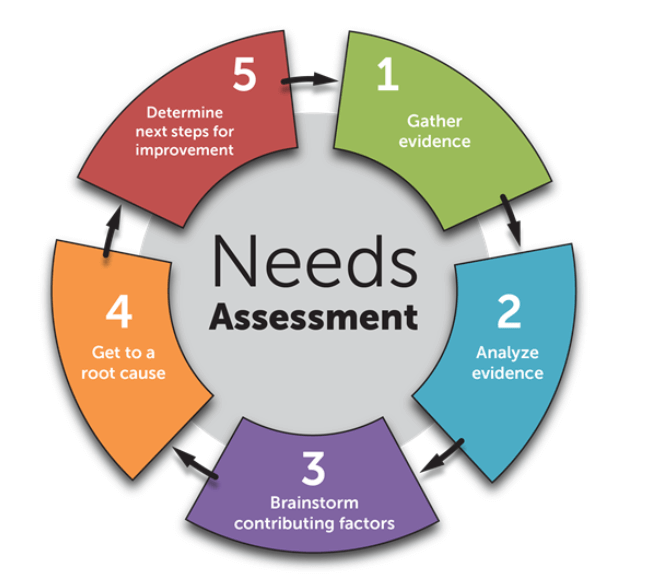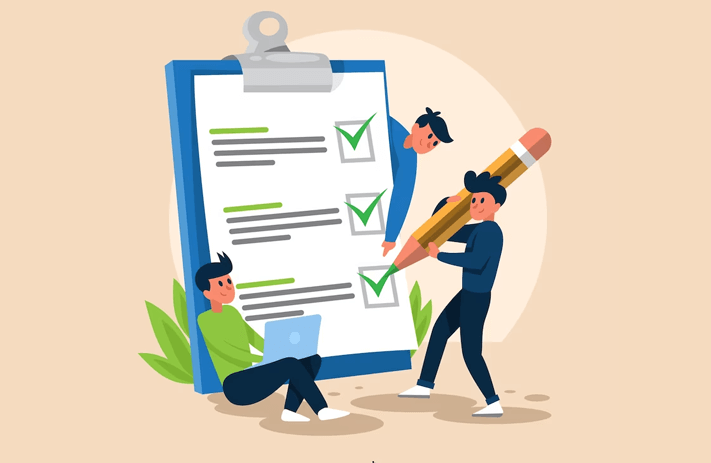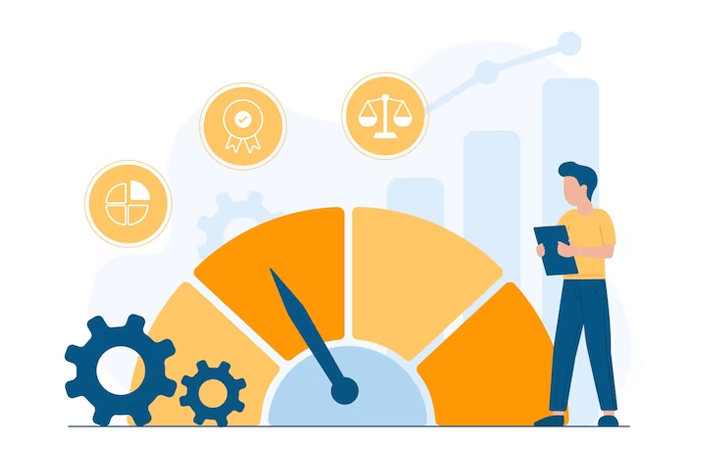
Click the button to start reading
What Is a Needs Assessment? (+ Five Steps, Examples, and Top Tools to Master It)
Picture this: a company purchases new software for its staff. Everyone expects a smooth transition and improved productivity. Yet, the end result is far from what they expected.
First, it turns out the software misses important features to help with task management. What’s more, integration issues crop up again and again. Ultimately, employees rebel against using the new software. Things get jumbled up, and communication suffers.
Sounds familiar? That’s an example of a failed needs assessment.
But here’s the secret. If the company took the time to figure out what everyone needed before making changes, it could avoid all these troubles.
This quick guide will define what a needs assessment is and share specific examples for your guidance. Whether you’re assessing the needs of your project, team, customers, community or organization, this guide has you covered. Explore the top tools and pick the ones that fit your goals the best.

What Is a Needs Assessment?
A needs assessment is a process of figuring out what people or organizations need to meet their goals or solve problems. It’s all about understanding what’s missing and taking steps to create positive outcomes. In other words, with the help of a needs assessment, you can identify gaps and find ways to address them.
Why Is a Needs Assessment Important? Identifying the Key Benefits.
If conducted well, a needs assessment can bring loads of benefits to the table. Let’s break them down to understand what the purpose of a needs assessment is:
Competitive Edge
Want to be one step ahead of the competition? By conducting a full needs assessment, you’ll get valuable insights that’ll guide your business in the right direction.
A needs assessment allows you to spot gaps in the market that others might overlook. What happens when you understand the emerging trends, unmet needs, and customer desires? Correct! You can position yourself as a forward-thinking leader and attract new customers.
But it doesn’t stop there. A needs assessment also helps you optimize your internal processes. By identifying the needs and challenges of your employees, you can provide them with the right tools, resources, and training. Happy employees lead to better teamwork, innovation, and a more successful business.
Customer Delight
We’re all unique, right? Well, needs assessment recognizes that. It lets you dive deep into the minds and hearts of your audience. You get to know their preferences, pain points and desires on a whole new level. Armed with this knowledge, you can choose the best strategies and make them come back for more.
Resource Optimization
Here’s another reason to prioritize needs assessment. It helps you make every minute and dollar count. By identifying the areas of highest need and opportunity, you can distribute your resources wisely.
Accountability and Transparency
Last but not least, to understand why needs assessment is important, think of it as your proof of accountability. It ensures that decisions are fair and backed by solid evidence. You can confidently explain why certain choices were made and show that you’re being responsible with the resources at hand.
How to Do Needs Assessment: The Key Steps and Examples for Success.

Working on a community project? Trying to improve your service? A needs assessment is your trusty guide to make sure you’re on the right track and making a real difference.
Here’s how it usually goes:
Step 1: Define the Scope and Purpose.
Start by clearly defining the purpose of your needs assessment. What’s the challenge you want to tackle? Who are the key players who have a stake in the game? Get a diverse mix of perspectives. Remember, the more voices, the richer the insights!
Let’s see what a needs assessment is in this case. Suppose you’re a company that provides training programs to help professionals grow. You want to make your programs even better, so it’s time to understand what your target audience really needs. You define the scope by choosing the industries and job roles to focus on. Thus, you get a diverse group of people involved, like doctors, project managers, teachers, and tech experts.
Step 2: Collect Data.
Now, use your data collection methods and start gathering insights from your stakeholders. You can gather information through surveys, interviews, observations, and other methods. You do this because you want to hear directly from the people you’re trying to reach or convert. Be respectful, empathetic, and remember to capture both the facts and the stories that bring them to life.
To put it into context, imagine you work for a company that wants to improve its project management. To get helpful insights, you can start by asking project managers and team members to fill out surveys. Find out what challenges they face, what tools they like to use, and where they need more help.
Also, you can talk to experienced project managers to discover any problems they’ve encountered. To make it even more interesting, join project meetings or attend project management workshops to see how things are done.
By gathering information in these different ways, you’re getting prepared for the next step of discovering valuable gems.
Step 3: Analyze Data.
Here comes the exciting part! You look closely and start to make sense of the data you’ve collected. This helps you understand what’s working and what needs attention. Discover patterns and transform numbers and narratives into actionable insights.
Let’s take an example in the healthcare industry. Your analysis might show that your staff needs more training in telemedicine or patient communication. Armed with this information, you’ll figure out what specifically needs improvement and how you can do that.
By the way, there is a good reason to conduct a skill gap assessment. Research shows that when an organization truly understands its workforce, amazing things happen. For instance, companies that align their HR processes with skill needs can see a 50% boost in employee engagement.
Step 4: Identify and Prioritize Needs.
Based on your analysis, you pinpoint the specific areas that need attention. It could be anything from resources and services to skills and knowledge gaps.
By the way, you might want to involve stakeholders in this process, too. Two heads are better than one, they say. Together, you can collaborate, share ideas, and ensure that everyone’s voice is heard.
Wait. Don’t move on without prioritizing the identified needs. Set your sights on the most critical needs. Consider things like the potential impact, available resources, and what the people themselves say. In short, try to focus your efforts where they’ll make the biggest impact.
Here’s a needs assessment example. If you do a staff needs assessment, gather everyone for brainstorming sessions or send out a company-wide survey. Ask them questions like, “What resources do you need to succeed?” or “What skills would you like to develop?” By listening to their thoughts, you’ll discover the areas where more support is necessary.
So, do they want more training opportunities, better tools, or work-life balance? Once you have the answers, move on to the next step.
Step 5: Develop Recommendations.
Time to put your thinking cap on! Come up with practical ideas and action plans to address the identified needs. These should be specific and doable, so you can make a real difference. The best way to do it is to make your goals SMART – specific, measurable, achievable, relevant, and time-bound.
Finally, keep an eye on how things are going. You want to make sure your efforts are making a positive impact. If something’s not working, you adjust and try again until you hit the sweet spot.
Top Tools for Needs Assessment: Collecting Data and Insights to Support the Needs Assessment Process.
Obviously, the choice of tools for needs assessment depends on many factors. First, the nature of your project. Second, the type of data you aim to collect. And, of course, the resources you have. Each tool offers its unique advantages so that you can gather, analyze, and present information effectively.
1. Surveys and Questionnaires
Imagine casting a wide net to gather insights from a diverse group of individuals. Surveys and questionnaires are like a suggestion box. They allow people to share opinions, thoughts, and experiences. By creating well-crafted questions and making it easy for respondents to participate, you can tap into a vast pool of perspectives. As a result, you’ll learn about the individual and collective needs of your audience.
2. Interviews
Think of interviews as intriguing conversations where you dig deep to uncover hidden gems of insight. By asking thoughtful questions and really listening, you can learn a lot about people’s stories. Plus, you’ll understand what motivates them, the difficulties they face, and what they hope to achieve. Every interview is a special chance to build trust, connect with others, and gather feedback that gives you hints about what they need and want.
3. Focus Groups
Focus groups create an interactive space for interesting discussions. Here, people come together to share their ideas and insights. It’s like a fun brainstorming session where everyone’s thoughts bounce off each other. The group’s energy creates a lively atmosphere. As a result, you get fresh perspectives and learn about important needs.
4. Observations
Step into the shoes of a silent observer, soaking in the environment where your project unfolds. It’s like peering through a window into the lives and behaviors of individuals, teams, or communities.
Just by watching how people interact, what they do regularly, and how they react, you can learn a lot. For example, you can discover things that people don’t always say out loud. You might also find challenges they’re facing or exciting opportunities that no one has explored so far. This firsthand understanding brings depth and authenticity to your needs assessment.
5. SWOT Analysis
SWOT analysis is a powerful type of needs assessment. It helps you look closely at what’s going on inside and outside your project. With SWOT analysis, you discover your strengths, weaknesses, opportunities, and threats. You find out what you’re really good at, where you can make things even better, and what exciting possibilities lie ahead. Plus, you also see the challenges you might face from the outside. By doing all this, you get a clear picture and can meet your needs head-on.
6. Data Visualization Tools
With charts, graphs, infographics, or mapping software, you can make your data come alive! These tools help you show important information in a visual way, so everyone can quickly understand it. You can see trends, patterns, and relationships at a glance.
When you share these visual stories, it helps everyone see the big picture. Then, it’s easier to make smart decisions based on what you discovered in your needs assessment.
7. Collaboration and Project Management Tools
Looking for a helping hand for your project? Look no further than collaboration platforms and project management tools, such as Teamly. They make it super easy to work together, no matter where your team is. These tools help you communicate, share information, and keep track of tasks and progress.
All you need is to bring your team into this virtual workspace. And soon, you’ll see that everyone can come together, share ideas, and stay organized during your needs assessment.
Looking Ahead…
But a needs assessment is nothing without action. It’s not enough to simply identify the needs. Without action, a needs assessment becomes just a list of problems waiting to be solved.
The true value of an assessment lies in its ability to drive change and improvement. So, use these needs assessment examples and tools to design your own strategies.
They’ll serve as a catalyst for progress, guiding you towards effective solutions and better outcomes.
Remember, a needs assessment is only as valuable as the actions you take based on its findings.
















